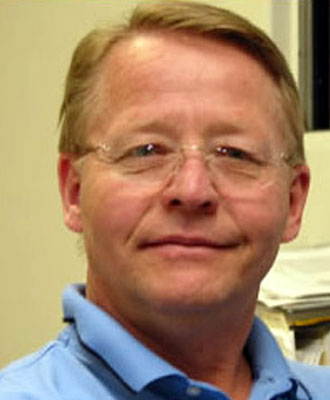Abstract
The highest resolution 3D imaging and monitoring technology for managing oil and gas reservoirs today is provided by large borehole seismic arrays recording 3C data generated by standard surface seismic sources deployed over a wide area around one or several receiver wells.
3D images generated from large borehole seismic array surveys have been successfully used by the petroleum industry for making drilling and reservoir management decisions in complex reservoirs, previously regarded as being impossible to image by regular surface 3D seismic methods. In addition to providing infill or side-track drilling information, 3D images from large borehole arrays have been used to monitor and evaluate the injection of CO2 for enhanced oil recovery and to assess the sequestration of green house gases. By recording multi-component seismic data using receivers positioned deep in the earth, and closer to the target zone, one can overcome many of the limitations experienced by surface 3D seismic methods.
Inserting seismic sensors deep into oil and gas wells allows the recording of much higher frequencies as compared to placing sensors at the earth's surface. The reason for this is simple: By placing receivers deep into a borehole, seismic waves have to propagate through the weathered layer only once, confined to a zone near the source. In contrast, during surface seismic surveys waves must travel through the weathered layer twice. Each traverse of the weathered layer attenuates high frequencies much more than the low frequencies, thus reducing the resolution in the images. The frequency content of borehole seismic data is typically 2 - 4 times higher and leads directly to an increase in image resolution.
In addition to recording higher frequency data, there are a number of other advantages provided by borehole seismic sensors over surface seismic data. Borehole seismic data can typically achieve a much higher signal-to-noise ratio than what is possible in surface seismic data. The combination of a quiet borehole environment and strong sensor coupling to the borehole wall enables a high signal-to-noise ratio to be recorded by borehole seismic data. Surface geophones are often poorly coupled in weathered rock and exposed to cultural and environmental noise at the surface all lowering the data quality recorded on surface geophones. Another advantage of borehole seismic surveys is the favorable geometry to illuminate complex structures such as sub-salt targets, salt flanks or steeply dipping faults.
Good sensor coupling in the borehole enables 3-component seismic data to be recorded with high vector fidelity. It allows shear and converted-wave imaging, as well as determination of anisotropy by shear wave splitting analysis . Combining P and S wave images allows for attribute inversions of rock properties, such as fluid content, pore pressure, stress direction and fracture patterns.
Biography
Björn N.P. Paulsson received his Ph.D. in Engineering Geophysics from University of California, Berkeley in 1983. He was a Staff Scientist with Lawrence Berkeley Laboratory from 1977 to 1981 working on characterization and monitoring of rock properties related to storage of high level nuclear waste. At LBL he developed cross well seismic methods for site
characterization and monitoring of changes in rock properties resulting from storage of hot, high-level nuclear waste. He was a Senior Research Geophysicist with Chevron Petroleum Technology Company in La Habra, California where he worked from 1984 to 1997.
In 1995 he formed Paulsson Geophysical Services, Inc. (P/GSI) to develop and commercialize borehole seismology for oil and gas reservoir characterization and monitoring.
Dr. Paulsson's work includes hardware development, data acquisition, and data processing and interpretation research for 3D/4D VSP, Reverse VSP, Cross Well and Single Well Seismology and their applications to reservoir management. In 1990 he received Chevron's Chairman's award for his work on developing a downhole hydraulic vibrator for Cross Well Seismology, Reverse VSP and Single Well reflection applications. He has been granted eight patents on downhole seismic source and borehole 3C clamped receiver array technologies. He was a Society of Petro-leum Engineers Distinguished Lecturer in 1992-1993 and he served as the Chairman of the De-velopment and Production Committee of the Society of Exploration Geophysicists from 1992 to 1994. He has more than 30 publications in the subject borehole seismology. He is a member or SEG, SPE, AGU, EAEG, and ISRM.





